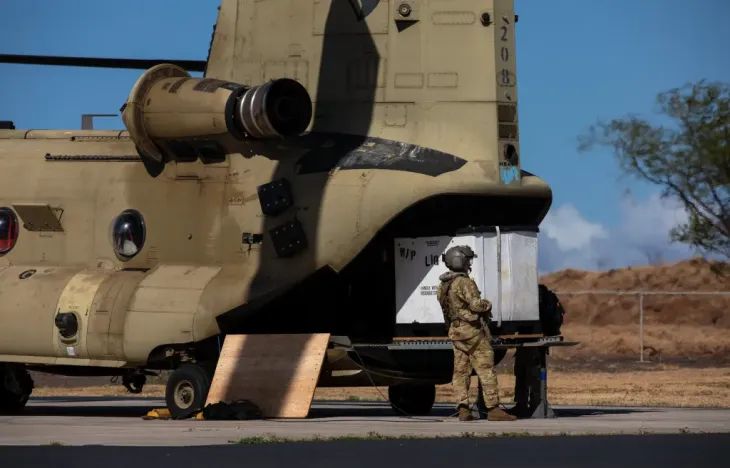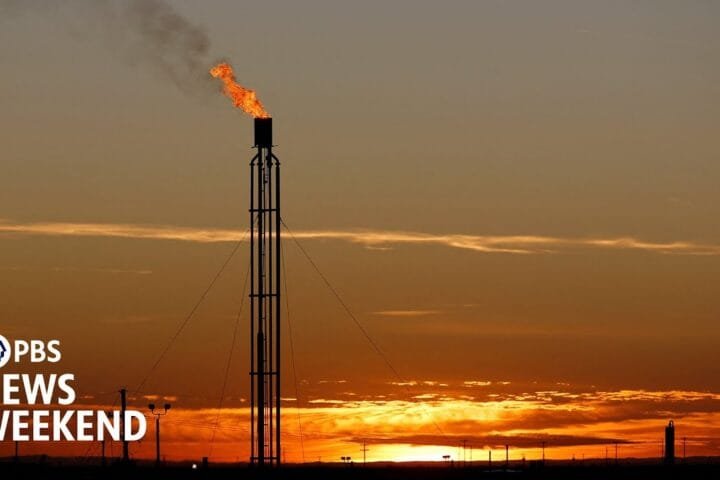Original published title:
“MiRCH Update: Key Takeaways from Tracking Climate-Related Military Deployments”
Last year, the Center for Climate and Security (CCS) launched the Military Responses to Climate Hazards (MiRCH) to track how armed forces worldwide were responding to increasing demand for relief from floods, wildfires, and other climate-driven hazards. This month, in lieu of a monthly roundup, we are sharing some observations and key research questions as MiRCH begins tracking deployments in 2024.
This includes five key findings: an intense global demand for climate-related relief, concerns about the impact of this demand on military readiness, continued opportunities for international cooperation, increasing risks of empowering bad actors, and gaps in data from China and Russia.
Center for Climate and Security (CCS)
[...]
Read the full post at The Center for Climate & Security.




